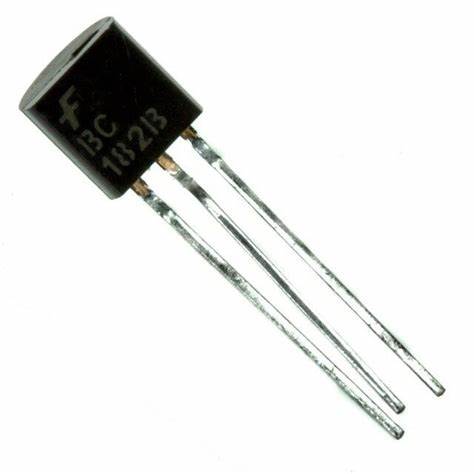This is the VOA Special English SCIENCE REPORT.
Scientists report they have created the smallest device to carry electrical current ever made. The device is called a transistor. It is about one-million times smaller than a grain of sand.
Transistors are used in many electronic devices to control the flow of electrical current. True transistors can turn the flow of electricity on and off. They also have the ability to increase electrical current.
Extremely small transistors are used in computers. They form part of what is called an integrated circuit. Powerful integrated circuits have large numbers of transistors. Scientists have developed smaller transistors year after year to produce more powerful integrated circuits.
However, the new transistor may represent the smallest possible size for this kind of device. The area that carries electrical current in the new transistor is about the width of a single molecule.
Lucent Technologies’ Bell Labs in Murray Hill, New Jersey, is developing the extremely small transistor. In Nineteen-Forty-Seven, scientists at the same laboratory invented the first transistor. William Shockley, John Bardeen and Walter Brattain received the Nobel Prize for Physics in Nineteen-Fifty-Six for their discovery.
Scientists Hendrik Schon, Zhenan Bao and Hong Meng created the new transistor. It is so small that it is put together chemically. The scientists used a chemical process to attach carbon-based molecules to gold. The process creates molecule-sized openings that carry electricity.
The molecules also chemically form a molecule-sized device that controls electrical current. Releasing and stopping electrical current permits electronic processors to move and store information. This simple ability to start and stop electrical current forms the language used by most computers.
The new transistor is still being developed. However, researchers at Bell Labs have already connected together several of the transistors into a circuit. They also say the chemical process for creating the transistors appears to work well.
Yet, the new extremely small transistors may be too small. One scientist at Hewlett-Packard Laboratories worries that connecting so many molecule-sized devices together would prove to be almost impossible.
This VOA Special English SCIENCE REPORT was written by Mario Ritter.
